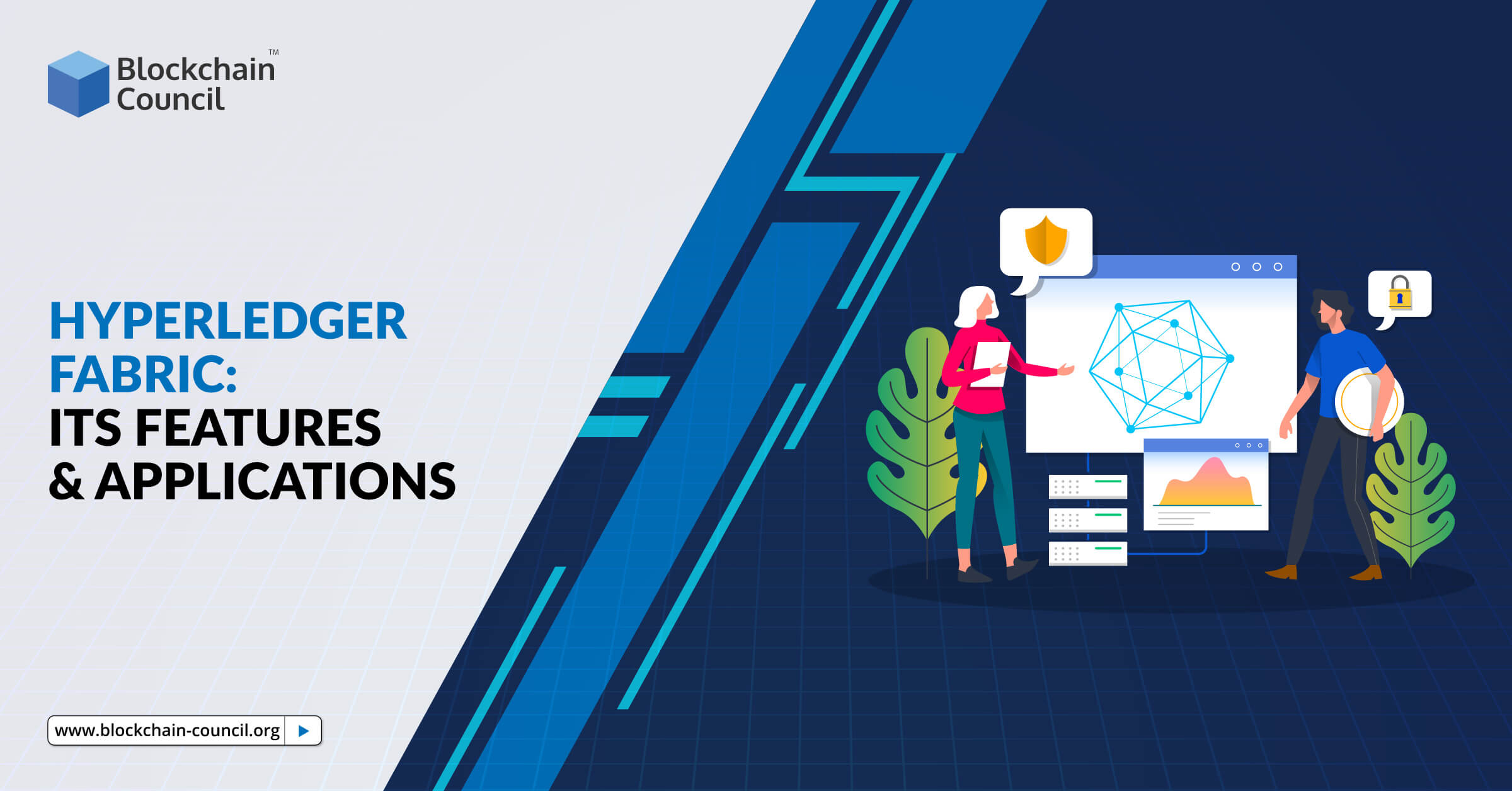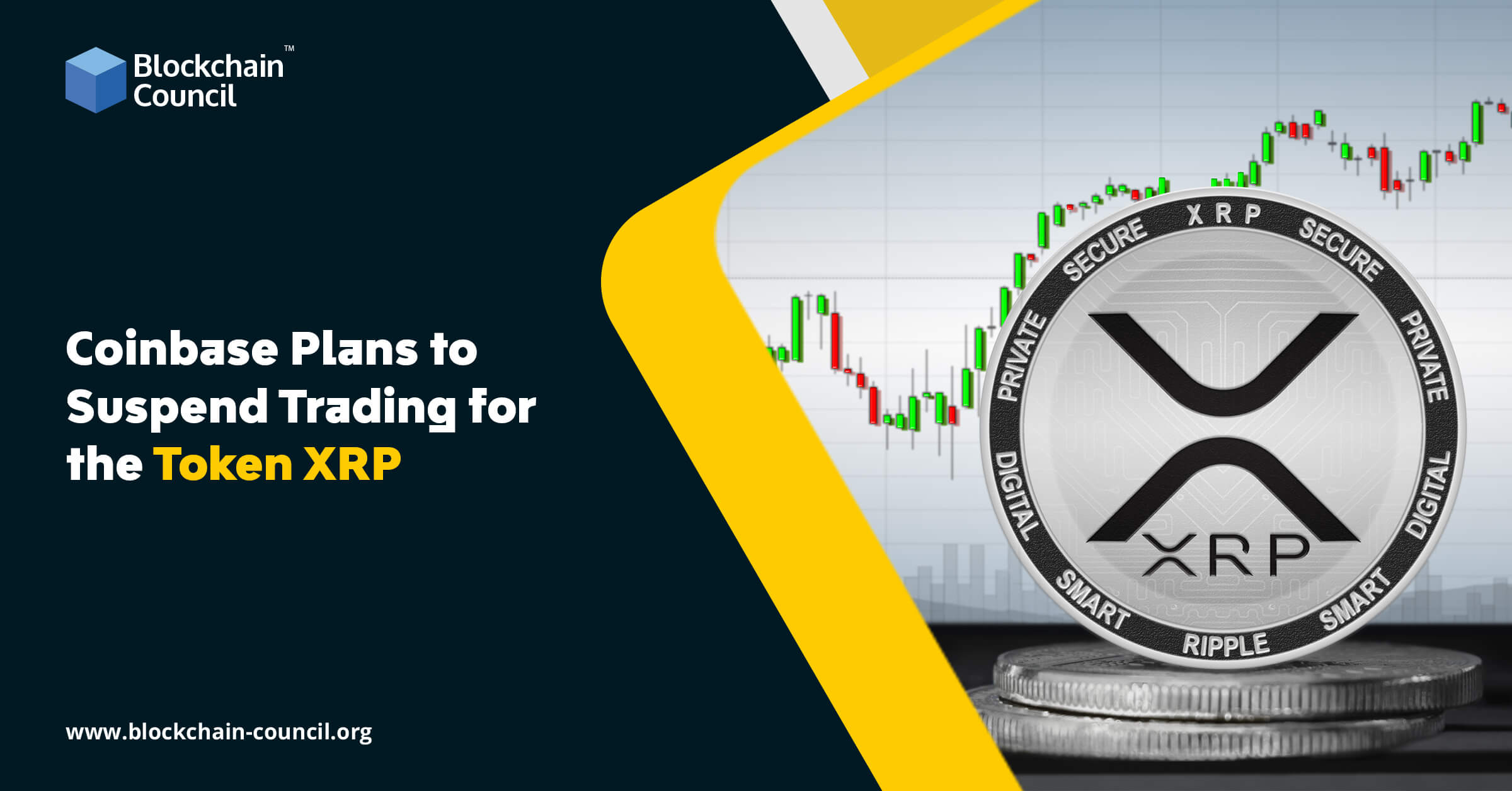
- Blockchain Council
- February 12, 2025
Record-keeping is foundational & legally mandatory to businesses across sectors. But how exactly are you doing it?
For a long time, we have kept records of our transactions, organizational activities, and other files manually. Pen and paper were all we needed to keep track of records. So, if the paper were lost, our efforts and the records would be in vain.
With the emergence of computers and other digital devices, we turned to record-keeping through static digital files; however, that brought the fear of losing our data due to hacking, malware, or even a power outage.
Record-keeping ensures that all transactions & files are noted down or stored, laws are followed, and essential data is ready for quick retrieval. But as we just discussed, the usual methods of managing records bring some real challenges.
Traditional record-keeping systems have faced nearly 2.6 billion personal records compromised over the past two years alone. In Q1 of 2023, these incidents escalated by 20% in the U.S. This alarming issue called for an alternative solution that’s better, more secure, and gives the trust of E2EE (end‑to‑end encryption).
And that’s how Blockchain emerged as a better alternative to traditional record-keeping systems. Blockchain technology initially popularized through cryptocurrency, has evolved significantly and is now actively shaping recordkeeping practices across industries.
What is Blockchain?
Blockchain is a digital ledger that organizes data in a network of “blocks” spread across a decentralized system. These blocks are safeguarded with encryption, and once data is added, it can’t be changed without the approval of the whole network. This unique quality immutability provides data security and ensures that records remain accurate.
To understand the ins and outs of Blockchain, you can enroll in industry-recognized programs like the Certified Blockchain Expert™.
Why Blockchain Outperforms Traditional Record-Keeping
Blockchain tackles many common problems in the traditional methods of keeping records, particularly systems that use central databases or rely on manual entry. Let’s explore the main issues with traditional methods and how Blockchain offers practical solutions.
1. Centralized Systems and Vulnerability
In traditional setups, one central authority often manages records, creating a single point of failure. If this central hub faces a breach, the system risks losing data or being manipulated.
Blockchain, however, takes a different approach by storing data across multiple nodes in a network. This decentralized structure means that even if one node has a problem, the rest of the network stays secure, making it more resilient to breaches and data errors.
2. Data Reliability and Immutability
Manual record-keeping can fall victim to both mistakes and intentional data changes. Blockchain technology avoids these risks by offering an unchangeable ledger. Once information is added, it cannot be modified without alerting everyone in the network. This setup builds confidence that records are correct and transparently kept. This feature is handy in healthcare, finance, and government sectors, where data accuracy is a top priority.
3. Transparency and Easier Audits
Traditional record-keeping limits access to authorized users, which can make transparency challenging. Blockchain, on the other hand, allows for a more open ledger that network participants can view. This transparency makes it possible to audit in real-time, making Blockchain an excellent fit for supply chains, voting systems, and finance. For instance, IBM’s Food Trust Blockchain lets users trace products throughout the food supply, reducing risks like contamination or fraud.
4. Lower Costs with Reduced Middlemen
With traditional systems, middlemen are often required to manage transactions and verify records, adding time and cost. Blockchain allows for “smart contracts,” which automatically carry out actions when specific criteria are met. This feature eliminates the need for third parties and cuts down operational costs. In areas like real estate and finance, where multiple verification steps are common, Blockchain saves time and money by bypassing these extra steps.
5. Improved Security Through Encryption
Blockchain uses encryption and digital signatures to secure data, offering a protection level standard record-keeping systems often lack. Its decentralized structure further reduces the risk of cyberattacks, as tampering with data would require taking control of more than half the network. This feature is particularly useful in handling sensitive information, such as patient records in healthcare or personal identification details.
RecordsKeeper AI provides a great solution for anyone wanting to make the most of Blockchain in recordkeeping. With a dedicated, public blockchain, RecordsKeeper offers organizations a trustworthy, decentralized solution for record-keeping. This technology supports secure data storage and retrieval, providing an unalterable, transparent record of every transaction or document entry.
Real-World Blockchain Use Cases in Record-Keeping
1. Government Records and Land Registries
Blockchain technology allows governments to digitize and protect essential public records, reducing tampering risks and increasing transaction transparency. This approach has been constructive in land registries, where ownership disputes can lead to lengthy legal cases.
Example: In Georgia and Sweden, Blockchain systems manage land records. Georgia’s land registry uses Blockchain to create secure digital records, making property transactions more straightforward and ownership records more reliable. Sweden’s Lantmäteriet, the national land registry, uses Blockchain to streamline property transfers, reducing paperwork and eliminating the need for intermediaries.
2. Transparent Supply Chain Management
Blockchain adds transparency to supply chains by allowing real-time tracking and verification of goods from origin to destination. This feature is invaluable in industries prioritizing authenticity, quality, and compliance.
Example: IBM’s Food Trust Blockchain, used by Walmart, enables food items to be tracked from the farm to the store shelf. This tracking capability ensures food safety and allows for quick recalls in case of contamination. Pharmaceutical companies like VeChain and Chronicled use Blockchain to verify drug authenticity and ensure safety and regulatory standards are met.
3. Managing Healthcare Records
The healthcare industry often struggles with securely storing and sharing sensitive patient information. Blockchain can address this by offering decentralized access to medical records, making data sharing among healthcare providers more accessible and secure.
Example: MedicalChain uses Blockchain to allow healthcare providers to safely access and share patient records. This setup helps reduce duplicate testing, improves provider coordination, and protects patient data from unauthorized access.
4. Pharmaceutical Supply Chain Security
Fake drugs present severe risks to public health, so verifying medicines throughout the supply chain is essential. Blockchain allows for transparent and permanent records, ensuring only legitimate drugs make it to consumers.
Example: The MediLedger Project uses Blockchain to verify drugs throughout their journey, from production to pharmacy. This tracking system helps keep counterfeit drugs out of the supply chain, ensuring patient safety and meeting health standards.
5. Voting Security
For modern democracies, transparency and security in voting are critical. Blockchain-based voting systems offer a reliable solution by creating unchangeable records of each vote that can be verified without compromising voter privacy.
Example: The Voatz platform has been trialed in the United States for secure mobile voting, enabling votes to be cast and verified with reduced tampering risks. In Zug, Switzerland, a Blockchain pilot program for voting recorded each vote on a decentralized ledger, boosting transparency and trust in the process.
6. Intellectual Property and Digital Identity
Blockchain offers a reliable way to manage digital identities and protect intellectual property rights. By using Blockchain, individuals can control their data, and creators can safeguard their digital work.
Example: Blockchain-based platforms allow artists and creators to tokenize their digital work as NFTs (non-fungible tokens), providing clear proof of ownership. Additionally, IBM provides Blockchain-based digital identity solutions, which enable secure verification of personal information while maintaining privacy.
7. Medical Equipment Tracking
Keeping track of medical equipment in large hospitals and clinics is essential to maintaining quality and managing costs. Blockchain offers a clear, organized way to monitor equipment, ensuring it’s well-maintained and effectively used.
Example: In Uttarakhand, India, seven medical colleges use the SettleMint Blockchain platform to keep tabs on medical equipment. This system tracks usage, schedules maintenance, and oversees purchasing, helping cut costs and prevent equipment misuse by providing an automated, clear tracking process.
8. Public Complaint Management
Public service organizations must maintain accountability, especially when dealing with citizen complaints. Blockchain can help by providing a secure way to log and track these complaints, reducing chances of tampering and boosting public trust.
Example: The police department in Firozabad, Uttar Pradesh, India, uses a Blockchain-based system for public complaints. This system securely logs complaints, ensuring they remain untampered, which builds a sense of accountability within the department and assures citizens that their voices are genuinely heard.
9. Academic Credential Verification
With academic credential fraud rising, Blockchain offers a reliable way to verify and secure educational records. By issuing digital certificates through Blockchain, institutions can prevent falsification and simplify verification.
Example: The National University of Mongolia has adopted Blockchain to issue digital diplomas as “soulbound” tokens, which cannot be transferred and are permanently verifiable. This secure digital certificate gives graduates a trustworthy diploma that employers and other institutions can easily verify.
How to Set Up Blockchain for Recordkeeping?
Let’s understand how you can set up a Blockchain system for record-keeping. Having a credential like the Certified Blockchain Developer™ can undoubtedly help you out. For now, we will use Hyperledger Fabric as an example to set up the whole system.
Using Hyperledger Fabric, setting up a Blockchain for record-keeping involves several steps to build a secure network for managing records. Here’s a simple guide on how to set up a Blockchain system for this purpose:
1. Determine Network Needs
First, identify the specific records that need storing, the different user roles, and security requirements. Hyperledger Fabric works well in settings requiring private, trusted, and traceable participant records. Unlike public Blockchains, this system allows organizations to create a private network where only authorized users can access certain records.
2. Establish Certificate Authorities (CAs)
Certificate authorities (CAs) are critical for managing identity in the network, allowing organizations to issue certificates that verify user identities. Each participant, such as a company, needs an identity managed by a CA. You’ll need a CA for setting up identities and another to secure communications using Transport Layer Security (TLS). Multiple CAs can improve security by dividing identity management responsibilities among network parts.
3. Configure Key Network Elements
Next, set up core network components: ordering nodes, peer nodes, and channels. Ordering nodes organize transactions, while peer nodes validate and store the data across the network. Channels create private spaces where specific data is shared only among certain participants. Each channel has its Blockchain ledger, keeping data isolated across different records or departments.
4. Develop and Deploy Chaincode (Smart Contracts)
Chaincode, known as smart contracts, defines rules for interacting with the records. Develop chaincode in a language compatible with Hyperledger Fabric (like JavaScript, TypeScript, or Go) and upload it to the network. Once deployed, these intelligent contracts control data interactions, ensuring only approved actions can be performed on the Blockchain.
5. Start and Use the Network
After the chaincode is in place, you can initialize the ledger with sample records and use the Blockchain with Fabric Gateway APIs. For example, the Node.js Fabric Gateway API lets a client app connect to the Blockchain, submit transactions, and access the ledger. With this setup, organizations can securely record, update, and retrieve data across the network.
6. Set Up a REST API for External Apps
Consider setting up a REST API server to allow other apps or external systems to work with the Blockchain. The Hyperledger Composer REST server creates an interface so that web or mobile apps can access Blockchain records without revealing the details to end users.
Following these steps, you can set up a Blockchain network where records are securely stored, shared, and managed, providing a transparent and secure system for keeping records. This setup is beneficial in industries like supply chain, finance, and healthcare, where trustworthy records are essential for compliance and transparency.
Latest Trends and the Future of Blockchain in Recordkeeping
Zero-Knowledge Proofs (ZKPs) and New Cryptographic Methods
Advancements in cryptography, such as zero-knowledge proofs (ZKPs) and homomorphic encryption, are creating new ways to verify information without sharing sensitive data. ZKPs allow verification without revealing details, making them valuable for privacy-focused sectors like healthcare. Platforms like zkSync and Polygon’s zkEVM bring these privacy-centered features to Blockchain, supporting secure transactions and reliable data in record-keeping systems. As ZKPs and encryption evolve, they may expand to include areas like legal records and finance, where privacy is a top concern.
Real-World Asset (RWA) Tokenization
Tokenizing physical items—anything from real estate to art—on the Blockchain allows for shared ownership and improves liquidity for assets that are hard to sell quickly. Buzzmint, for instance, helps brands turn real-world assets into digital tokens, improving transparency in record-keeping for sectors like property management and finance. As this technology develops, it could make a broader range of assets accessible to investors, creating a more transparent system for managing asset records.
Improved Interoperability
Better interoperability is helping data and assets move quickly across Blockchain networks. Tools like Chainlink’s Cross-Chain Interoperability Protocol (CCIP) and LayerZero’s interoperability solutions enable seamless cross-chain transactions, supporting unified infrastructure in record-keeping. As interoperability tools improve, they allow record-keeping systems to work smoothly across various Blockchains, benefiting industries that rely on sharing data across platforms, such as global trade and regulatory sectors.
Integrating Blockchain with IoT
Bringing together Blockchain and IoT technology allows for secure automation in transaction verification and data sharing between devices. This combination is instrumental in supply chains, where Blockchain helps verify and track products, which can benefit logistics, healthcare, and environmental sectors. As this technology partnership expands, sectors needing real-time data verification and safe, automated record management will benefit, particularly in areas like environmental safety and smart cities.
Enterprise Blockchain for Secure Data
Companies increasingly use enterprise Blockchain solutions to secure data and improve transparency, aligning with environmental and social governance (ESG) standards. For example, Fujitsu highlights how Blockchain can be used to trace and verify supply chain records, supporting transparent data practices that align with sustainability goals. As demand for ethical practices grows, enterprise Blockchain can provide a reliable record-keeping framework to address these emerging needs for compliance and transparency.
Final Thoughts
Over 70% of businesses still depend on traditional systems for record-keeping. This exposes them to data breaches, theft, and other vulnerabilities. Yet, there is a positive change as well. Over 75% of leading companies have switched to digital records, up from less than 25% in 2019. Blockchain technology offers a strong alternative, bringing a decentralized and secure solution.
Despite some ongoing challenges, Blockchain’s benefits drive adoption across various industries. With an unchangeable ledger shared across multiple nodes, Blockchain minimizes risks, ensuring secure and transparent records. Blockchain’s influence on recordkeeping will likely grow as technology advances, providing a solid foundation for tamper-proof, accessible records in both the public and private sectors.





































































 Guides
Guides News
News Blockchain
Blockchain Cryptocurrency
& Digital Assets
Cryptocurrency
& Digital Assets Web3
Web3 Metaverse & NFTs
Metaverse & NFTs
